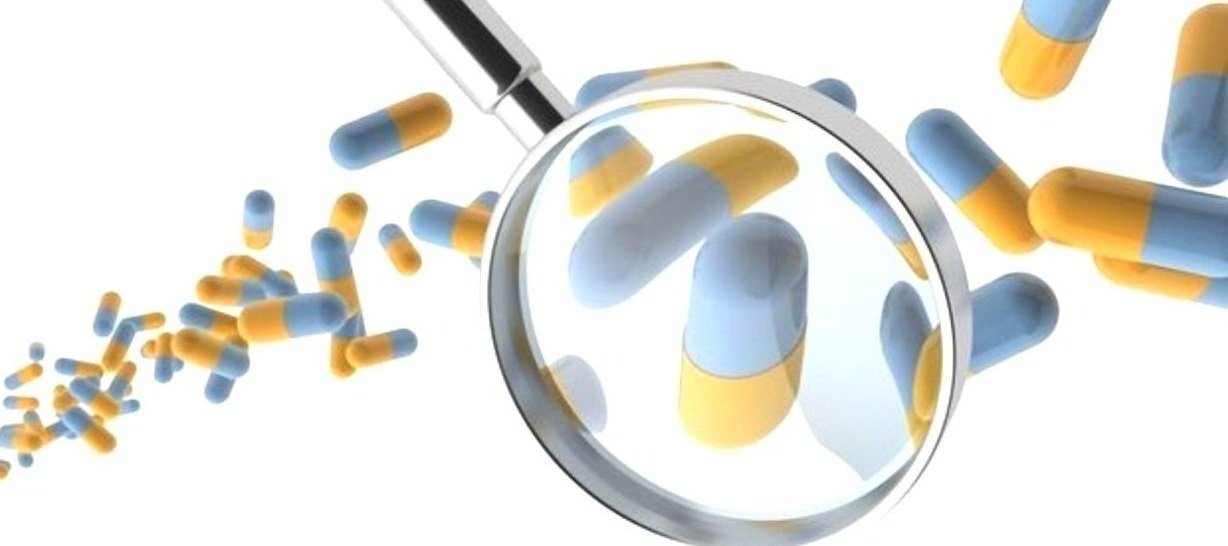We have made tremendous progress to better understand TBCD so we can treat the disease.
The Bradbury Lab at Ohio State University Medical Center and Nationwide Children’s Hospital are working towards a clinical trial for TBCD Gene Therapy.
We are suspending entry for Phase 2 small molecule drug therapy with Rarebase Biotech Lab in California. They have identified 8 different FDA-approved drugs that may be useful in studying Landon’s brain cells.
We plan to pursue small molecule therapy opportunities with emerging biotechnology companies in 2025!
TBCD RESEARCH
Gene Therapy
Gene therapy uses modified viruses or other technologies to deliver therapeutic genes to cells or tissues to address genetic diseases at their source.
One of the most exciting advances in modern medicine has been the discovery of how the adeno-associated virus (AAV) can be used as an effective delivery system for therapeutic genetic material into living tissue. AAV gene therapy has broad therapeutic implications for a vast array of diseases. If we can create viability for AAV gene therapy for TBCD, that can pave the way for other treatments that will positively impact other diseases.
How does AAV work?
Simply put, AAV is transformed from a naturally occurring virus into a delivery mechanism for gene therapy. The viral DNA is replaced with new DNA, and it becomes a precisely coded vector and is no longer considered a virus, as most of the viral components have been replaced. The AAV vector is then used to deliver normal copies of genes to the right tissues or organs in the body; delivering the therapy that has been engineered into it.
Drug Repurposing Therapy
The Rarebase “Function” platform is utilizing a drug repurposing approach. Drug repurposing identify advanced uses for FDA-approved drugs or existing medications, and finding new useful activity for a different medical condition; ie rare disease/TBCD in our case. Rarebase combines two unique data sets: large scale drug screens and genetic screens performed in neurons. The drug screen tests the effects of thousands of small molecules on TBCD (and all) gene expression. The genetic screen measures changes in expression when disease causing genes are suppressed. The goal is to find which drugs boost activity in TBCD and reduce symptoms such a seizures, low muscle tone, speech development etc.
The combined data sets will be used to match potentially effective drugs to rare disorder genes. Our hope is that Rarebase provides many therapeutic drug options that can be rapidly developed for patients living with neurological diseases, such as TBCD.
Where are we now?
Landon’s samples have been sent to make the cell lines to screen the drug candidates.
We have promising preliminary results that could help patients affected by TBCD.
They have identified 8 different FDA-approved drugs that could positively impact Landon’s brain cells.



